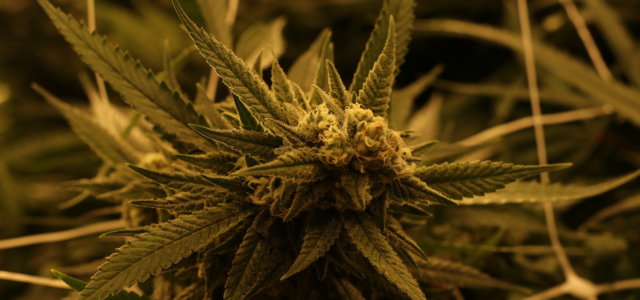Law enforcement tools that are being developed to determine if an individual is under the influence of marijuana
Featured News November 21, 2018 toby 0

Everyone knows that driving under the influence is a crime. However, while police officers have a full arsenal of tools to determine whether or not an individual has been impaired from drinking alcohol before getting behind the wheel of a car, it is more difficult to determine when a person has consumed marijuana before driving a vehicle. In the past, if an officer found marijuana on the driver, the question was more or less settled, since the substance was outright illegal. As states across the country have started to pass legislation decriminalizing (or legalizing) cannabis and its use, it is unfortunately becoming increasingly common for people to drive under the influence of marijuana. Police are hard at work developing new tools to determine if an individual has been driving after consuming marijuana.
One possible solution would be a breathalyzer to detect THC, the active compound found in marijuana. However, there are many challenges to creating such a device for widespread use by law enforcement. Among other issues, the way marijuana is metabolized in the body is very different than the process that metabolizes alcohol, meaning the device will have to work in a novel way to successfully measure the amount of THC in a person’s system. Another issue that arises comes from the fact that the device would have to detect traces of THC that are thousands of times smaller than the size of the traces of alcohol which must be detected in a traditional breathalyzer. As a result, a functional THC breathalyzer would have to be exponentially more sensitive than a similar device designed to determine whether or not a driver was under the influence of alcohol.
In some instances, states have fallen back on so-called “per se” laws. Under these laws, a certain level of THC is determined to be a designated threshold. This level is ascertained by analyzing a sample from an individual’s bodily fluids. However, there are certain constitutional problems that arise when using this method to determine if a driver was impaired by marijuana while driving. For one thing, per se laws do not take into consideration how recently the marijuana was consumed. The current tests can only ascertain how much marijuana is present in the body, not how impaired the driver is, since THC can remain in a person’s system even after the psychoactive effects of marijuana have subsided. For another, the amount of time it will take to entirely metabolize marijuana and have it leave the body varies from person to person because THC bonds to fat cells. As a result, it is impossible to standardize the rate at which THC is metabolized, since the amount of fat a person has will depend on a spectrum of different possible variables, including age and gender.
Currently, most officers make the decision based on a field sobriety test, which includes elements such as following directions and performing certain physical tasks. However, this method is imperfect because it depends on the officer’s subjective opinion. While certain characteristics like red or glazed eyes and odor can be indicative of driving under the influence, the judgment of an individual officer will never be a perfect method of determining whether or not a driver is impaired. The race is on to develop a reliable method of determining whether or not a driver is under the influence of marijuana. At this time, it is unclear what will prove to be an effective solution, but it is clear that the methods that worked for alcohol will simply not suffice under these circumstances.










No comments so far.
Be first to leave comment below.